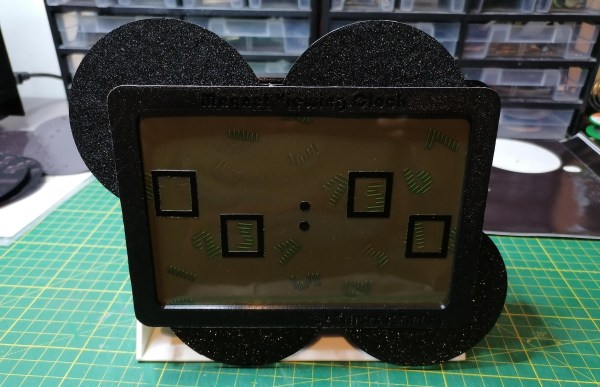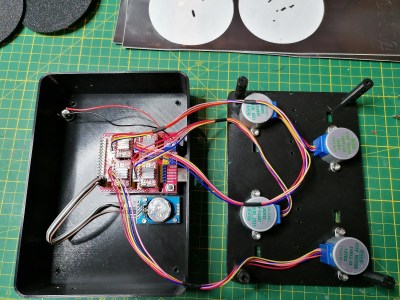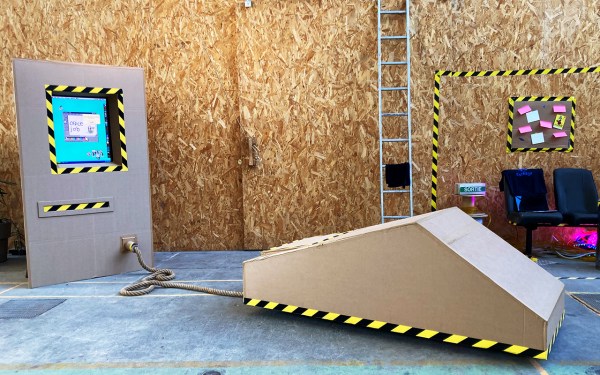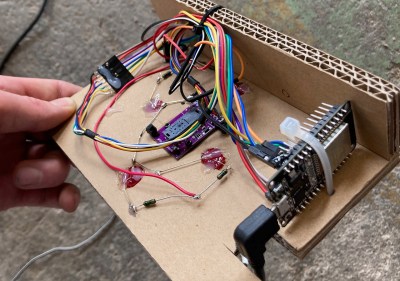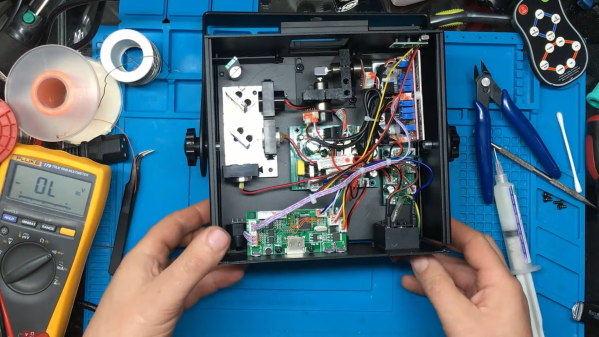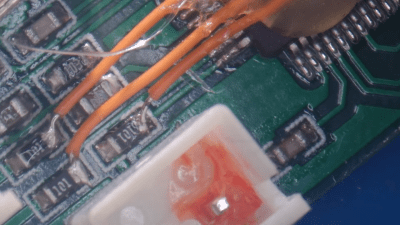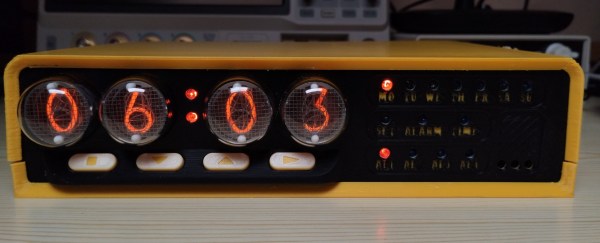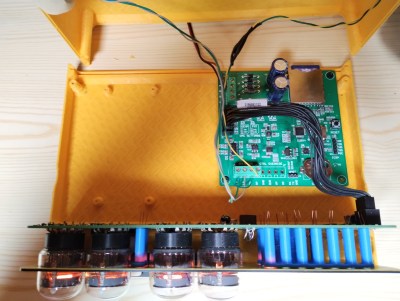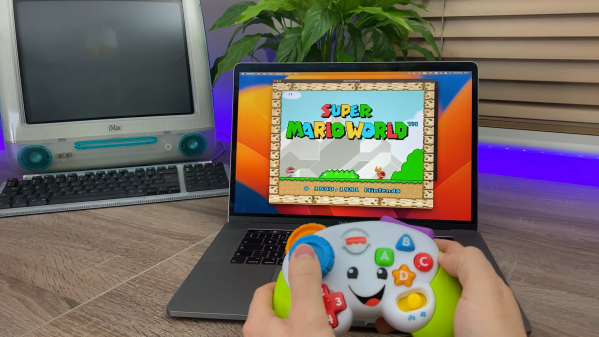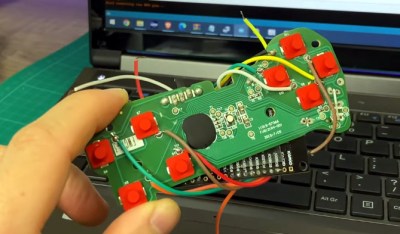Whether you’re a tea aficionado or just a casual drinker, it’s important to pay attention to your brewing times: too short and you’re just drinking hot water, too long and your brew becomes bitter and astringent. [Bob] wanted to help his parents avoid the latter scenario, and made them a convenient little tea timer that displays the time when they last replenished the pot.
Operating the timer couldn’t be easier: just press down on the teapot’s lid and it will store the current time on its e-ink display. Inside is a Pimoroni Badger 2040 with a real-time clock daughter board, powered by a set of AAA batteries. The Badger is an RP2040-powered board with an integrated e-ink display that’s perfect for this use case: the display needs to be updated only once when the button is pressed, and doesn’t use any power after that.
Naturally, the tea timer is encased in a teapot-shaped enclosure. It has a clever mechanism inside that pushes one of the Badger’s buttons when you press down on the lid, and also provides the satisfying click that you hear in the video embedded below. It took more than thirteen hours to print on [Bob]’s Creality Ender 3, but the end result definitely looks the part.
Functionally, this tea timer is about as simple as it gets: most other designs focus on the initial brewing process, and include features to alert you when your tea is ready.
Continue reading “Top Up Your Teapot In Time With This E-ink Tea Timer”


